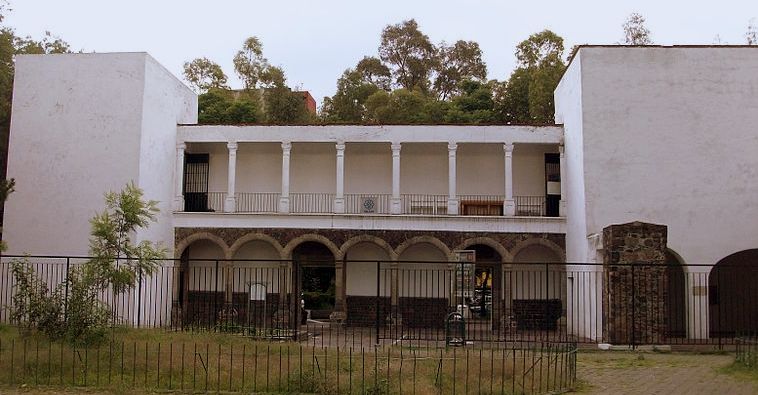
_
The Museo de Tecpan is housed in a historical building, once known as the Tecpan de Santiago. The institution pre-dates the Spanish arrival in Mexico. The word tecpan is Nahuatl for “Place of the Stone House.” International visitors will likely arrive here after a stroll through the inviting Jardín de Santiago botanical garden. It’s close to the Plaza de las Tres Culturas, too.
Today’s Museo de Tecpan preserves the original seven-bay archway illustrated in the Tlatelolco Codex (1554-1562). This has been preserved since the 16th century on the ground floor. The columns on the upper floor date from the Porfiriato period when the building was used as a school for orphans. The main façade, built in the 18th century was dismantled in 1962. Today, it’s on the back of the Colegio de la Santa Cruz de Tlatelolco where it was rebuilt during the construction of the Nonoalco Tlatelolco urban complex.
The Tecpan had been a headquarters for the commercial control of ancient Tlatelolco, including for its renowned and enormous marketplace. Some 10 or 12 judges set about resolving the differences between merchants and customers. They also collected the taxes and tributes paid by the Tlatelolca people to Tenochtitlan after the war of 1473.
With the arrival of the Spanish, the Tecpan became the capital building for the Republic of Indians. Some kind of structure remained in use here since as early as August of 1421. It then briefly served as a palace for Cuauhtémoc, called at the time “Ruler of Mexico and Lord of Tlatelolco.” During the colonial period then beginning, it became the seat of civil and police power, and again as a tax collecting center for the tianguis. A court hearing room was completed in 1577. Holding cells and an office for notaries were completed in 1581. The Tecpan also had a rest house, vegetable garden, gardens, bathrooms, water basins, one in the center, and pipes for drinking water.
In 1850, the City Council converted it to an independent correctional asylum. It became the San Antonio Correctional College three years later. That project included workshops for teaching mechanical trades and two primary schools. It remained in similar use for most of the next 100 years.
Of the three permanent museums proposed for the Nonoalco Tlatelolco Urban Complex, only the “Hall of Homage to Cuauhtémoc” was ever completed. This was housed in the Museo de Tecpan building and some remnants can still be seen, although the name is only rarely used today. It’s today more often referred to as the Tecpan Museum, or even as the “Tecpan Antigua Casa de Gobierno Indígena,” that is, as the Tecpan Old House of the Indigenous Government.
Hours: Daily 9 a.m. to 5 p.m.
 za.tlatelolco@inah.gob.mx
za.tlatelolco@inah.gob.mx
 (55) 5782 2240, 5782 7290
(55) 5782 2240, 5782 7290
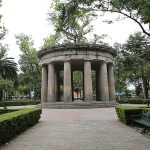
0.15 kms.
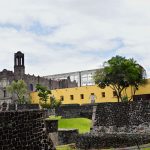
0.26 kms.
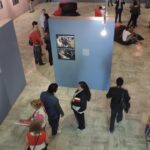
0.29 kms.

A striking historical cultural center and theater, it's one of the City's most photographed landmarks.
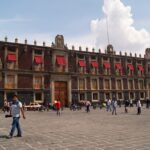
The old customs building today shows off some the SEP's extensive art collection.
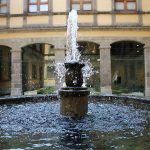
One of the leading museums of art in the country, the SHCP resulted just from tax payments - in art!
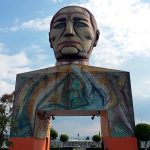
As much a reflection of the 20th century as anything else, Juárez's monument is a tribute to dedication & identity.
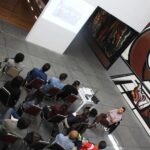
Old-school Polanco style public art with a conscience, SAPS is the classic mid-century Muralism museum and culture center.